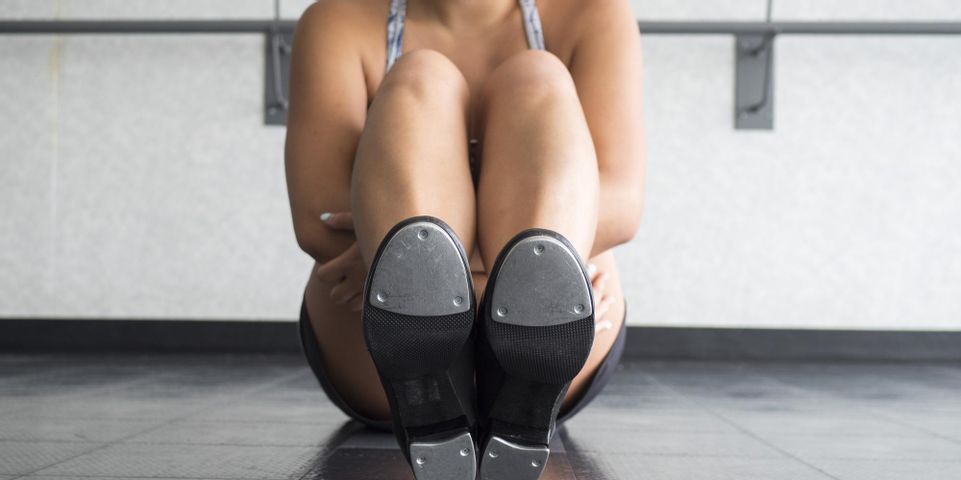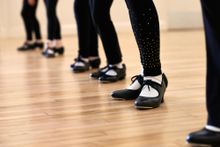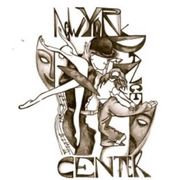
For centuries, tap dance has bridged gaps between people of different ages, genders, and nationalities. Tap performances by dancers including Bill “Bojangles” Robinson, Shirley Temple, Gene Kelly, Gregory Hines, and Savion Glover continue to inspire dancers worldwide. Below is a brief history of this dynamic art form.
The Origins of Tap
Tap was born in the United States in the 1700s, evolving from a combination of African tribal performances, English dance, Scottish jigs, and Irish clogging. Master Juba, an African-American whose real name was William Henry Lane, and John Diamond, an Irishman, faced off in a dance competition in 1844, a “cutting contest” that showcased a tap style called jigging.
How the Dance Was Practiced
 In the early days, tappers wore clogs, hobnailed boots, or hard-soled shoes. By the 1920s, dancers were attaching taps to their shoes. The metal plates create that familiar clicking sound, complementing tap’s fast-paced rhythms. Tap requires great concentration and timing, but unlike the formal techniques of ballet, dancers demonstrate a wide range of creativity in performance styles. They often imitate and improvise tap moves as they go, with or without music.
In the early days, tappers wore clogs, hobnailed boots, or hard-soled shoes. By the 1920s, dancers were attaching taps to their shoes. The metal plates create that familiar clicking sound, complementing tap’s fast-paced rhythms. Tap requires great concentration and timing, but unlike the formal techniques of ballet, dancers demonstrate a wide range of creativity in performance styles. They often imitate and improvise tap moves as they go, with or without music.
What Modern Tap Dance Is Like
Dancers of the tap genre continue to push the envelope of versatility and thrill audiences. Musicals such as Gower Champion’s 42nd Street, Bob Fosse’s Chicago, and Savion Glover’s Bring in da Noise, Bring in da Funk took the art form to new levels on Broadway. Year after year, the world-famous Rockettes perform tap as part of their shows at Radio City Music Hall in New York, delighting countless theater-goers. Modern dancers continue to practice skill, energy, and creativity in their routines.
If you want to learn tap or improve your dance skills, the instructors at New York Dance Center in Chester, NY, are ready to help. Locally owned and operated, this dance studio offers programs for all ages, including ballet, jazz, hip hop, and musical theater. To see pictures and videos of students in action, visit the center’s website. Call (845) 615-1433 to talk to a member of this dynamic team of dance instructors.
About the Business
Have a question? Ask the experts!
Send your question

